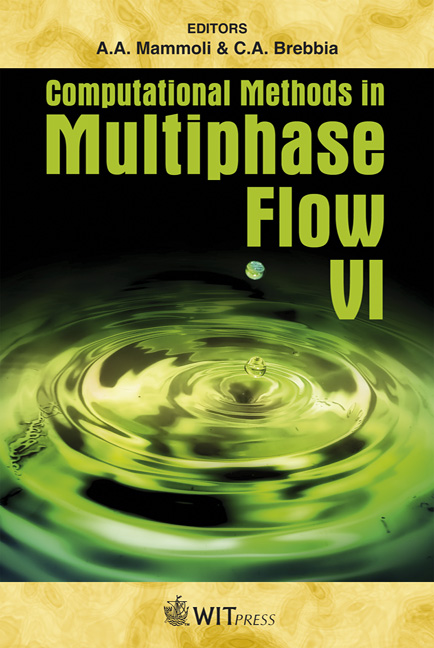Spray Quenching Of Specimen For Ring Heat Treatment
Price
Free (open access)
Transaction
Volume
70
Pages
12
Page Range
201 - 212
Published
2011
Size
3,019 kb
Paper DOI
10.2495/MPF110171
Copyright
WIT Press
Author(s)
P. Stark, S. Schuettenberg & U. Fritsching
Abstract
The quenching process of metallic workpieces within manufacturing and heat treatment can be optimized by applying locally and temporally adapted quenching cooling conditions. Locally variable heat transfer conditions at the workpiece surface are realizable by the regulation of adjustable and flexible flow fields on the basis of impinging spray or jet flows. For the analysis of heat treatment, the heat transfer rates with respect to the applied flow parameters and their influence on the cooling conditions are described. The simulation is assisted by experimental analysis of impinging multiphase jets and sprays. Keywords: spray cooling, quenching, heat treatment, heat transfer coefficient. 1 Introduction A main step in the manufacturing process of e.g. machine and gear components is the heat transfer process. Large metallic rings are used in many technical applications. Due to their function as a main component of bearings high demands on material quality and precision are made during the production process. Large distortion and/or shape deviation occur during the process steps of heating, rolling and quenching that commonly require material allowance to enable an additional reworking process. Thus, a new approach to minimize the occurring distortion has been developed in which the heat necessary for the forming process shall be used to compensate the distortion during quenching within the hardening process. The minimization and compensation of workpiece distortion can be realized by impressing asymmetric cooling conditions by the use of flexible flow fields based on liquid jets or sprays. Especially the cooling by two phase sprays of gas
Keywords
spray cooling, quenching, heat treatment, heat transfer coefficient





